2021 is here, and I’m starting it off by making a culinary New Year’s resolution. Here in Louisiana, we love to eat, and for the coming year, I resolve to eat local and buy local whenever possible. And to ensure Cajun authenticity, I am revisiting my “Signs You Are Eating Real Cajun Food.”
You see, in every culinary culture, there are certain misconceptions and downright mistakes that, if allowed to perpetuate, will work to erode the authenticity and traditional foundation of the cuisine. Our precious Cajun culinary heritage – the most treasured of American cuisines – has been under siege since the blackened craze of the 1980s. Just go to any American city, and you’ll find a Cajunized dish chock-a-block full of cayenne or a watered-down, soupy mess of a so-called gumbo.
Stop the madness.
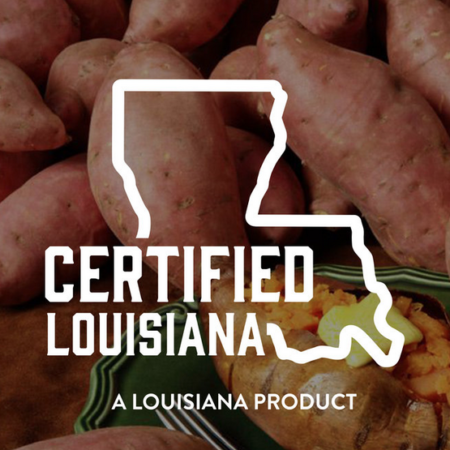
Click this logo and search a comprehensive listing of authentic Louisiana food products. (Photo credit: Louisiana Dept of Ag)
To help define our cuisine’s authenticity, the folks at the Louisiana Department of Agriculture created the Certified Louisiana program. This designation assures consumers that the products they are buying have been screened and are truly Louisiana-based food companies. I urge you to look for food products bearing the Certified Louisiana or Certified Cajun logo in supermarkets everywhere.
But that’s only the start. Here at Acadiana Table, I am launching a grassroots consumer movement that will establish official policies and procedures for what is, and what isn’t real Cajun food. I know. I know. This is sure to meet with some resistance, and controversy is inevitable, but the dialog must begin. The objective will be to develop guidelines and the tell-tale signs that our culinary heritage is under attack. But, I need your input. I will start the discussion, but I want to know what you think and whether you agree or disagree. Here’s my list of things to look for, so please comment and add yours to the list.
#1 More flavor, less heat.
Real Cajun food is not overly spiced. It lures you in with a depth of flavor and well-balanced spices that are unmistakable. Heavy-handed cayenne is how chefs outside of Louisiana interpret Cajun.
Why do you think the bottle of hot sauce is on the table?
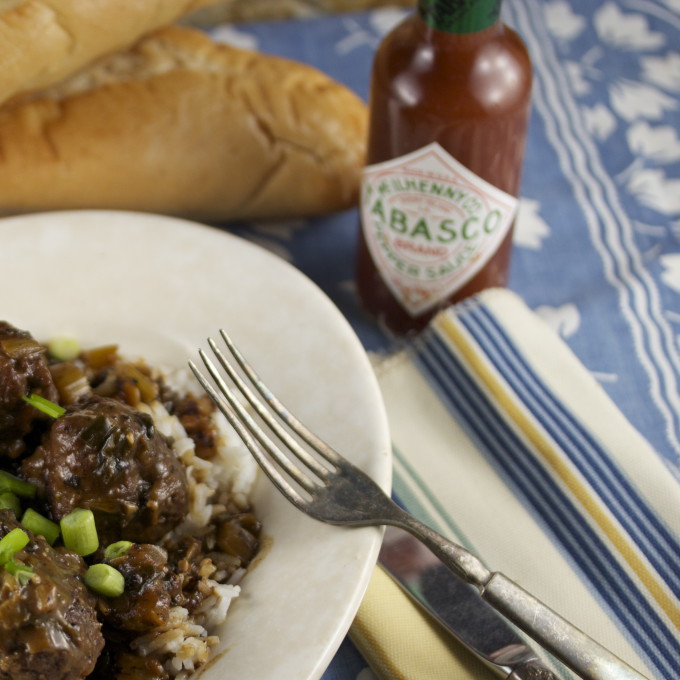
Hot sauce on the table for extra spice.
#2 No tomatoes in the gumbo.
That’s right. You might find tomato in a citified New Orleans Creole gumbo, but not a true Cajun gumbo. Deep dark roux and quality ingredients for sure, but no tomatoes.
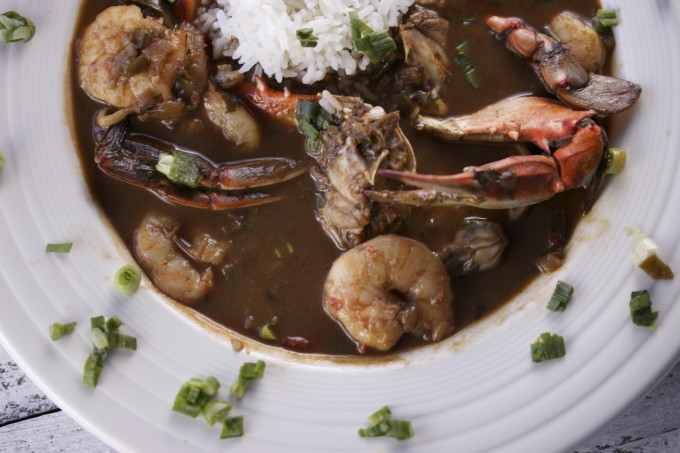
Seafood gumbo with shrimp and crab, but no tomatoes.
#3 Andouille, tasso, and chaurice, but never bratwurst.
Cajuns have a sausage language that is unmistakable and unmistakably delicious. Anything ending in “wurst” is the worst mistake you can make.
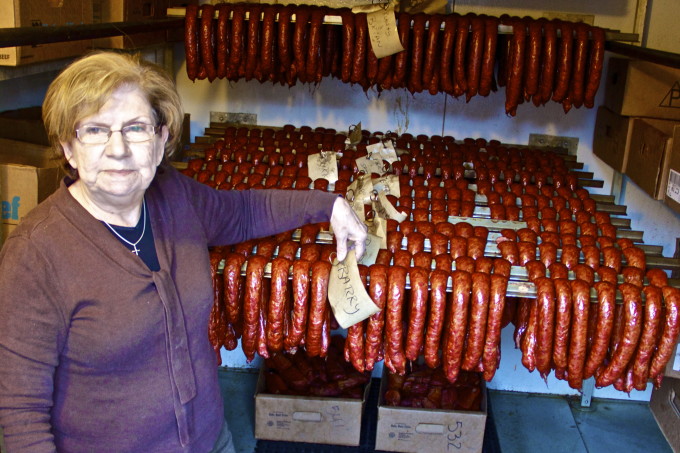
#4 Crawfish, not crayfish.
This is the dead giveaway. If you see “crayfish” on the menu, run as fast as you can.

Platter of CRAWFISH, not crayfish!
#5 It’s toe-tappin’, two-steppin’, foot-stompin’ food.
Like no other, Cajun food comes with a chank-a-chank soundtrack that makes the food taste even better.
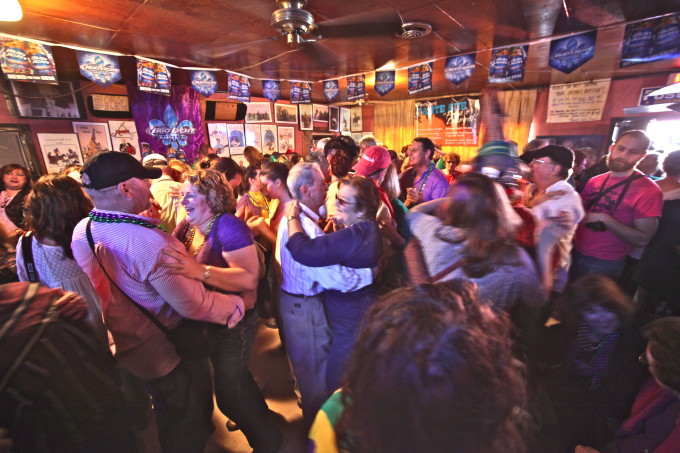
Cajun food is food you can dance to.
#6 No soup in my étouffée.
There is a trendy little recipe going around that adds mushroom soup to the classic crawfish étouffée. This must be stopped at all costs. Notify the authorities at once.
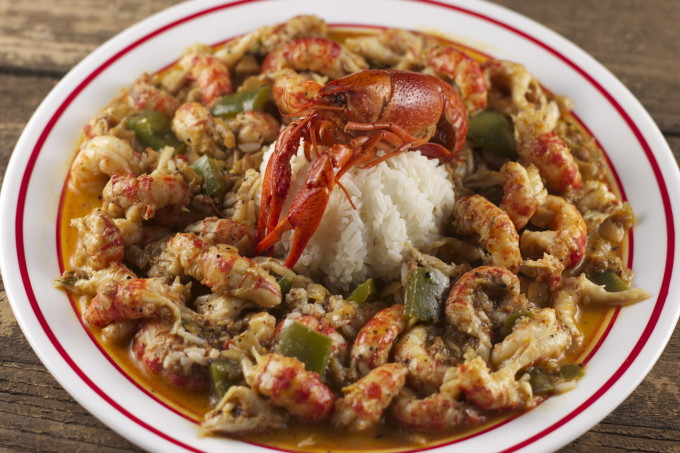
No soup in this étouffée, just fresh crawfish, vegetables and butter.
#7 No crawfish on ice.
A steaming, hot tray of just out-of-the-pot crawfish is divine, but I once ordered boiled crawfish in a fancy big city restaurant and a dozen whole crawfish came out on a platter of ice. Blasphemous!
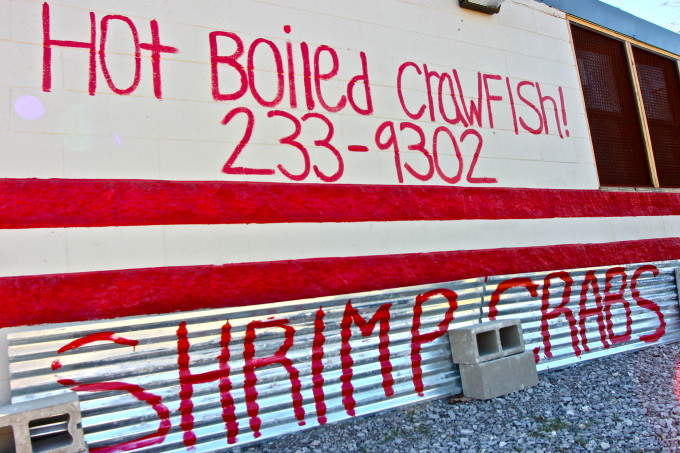
One of hundreds of boiling joints across Acadiana.
#8 Boudin is not spelled Boudain.
C’mon, Texas. If you love our food so much then learn how to spell it.
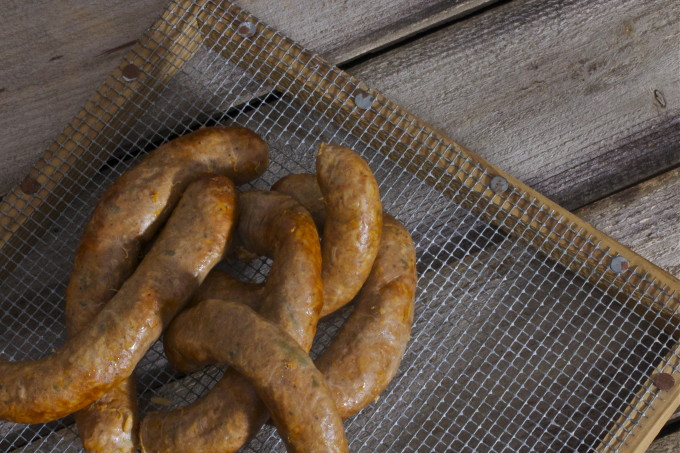
Boudin (not boudain) is the link to all things Cajun.
#9 White Rice Is Always On The Table.
White rice is king! Cajuns love their rice, and a pot of steaming Louisiana white rice is sure to make
an appearance at most every occasion.
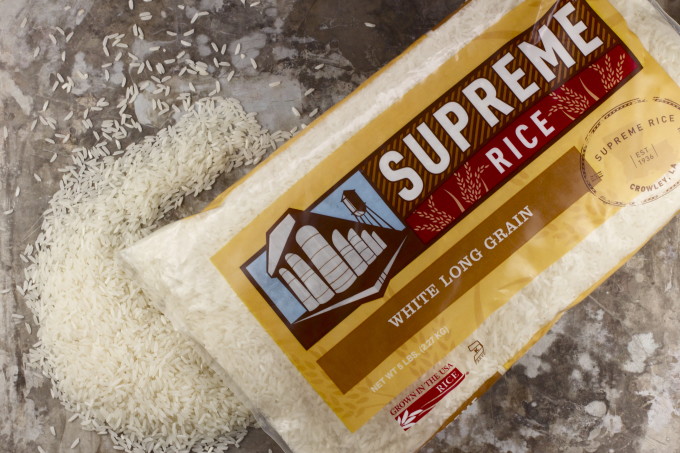
Supreme Rice – white rice grown in Acadiana.
#10 Red beans on Monday, Catfish on Friday and Ice-Cold Beer any day of the week.
Cajuns love tradition and the Holy order of things in the universe.
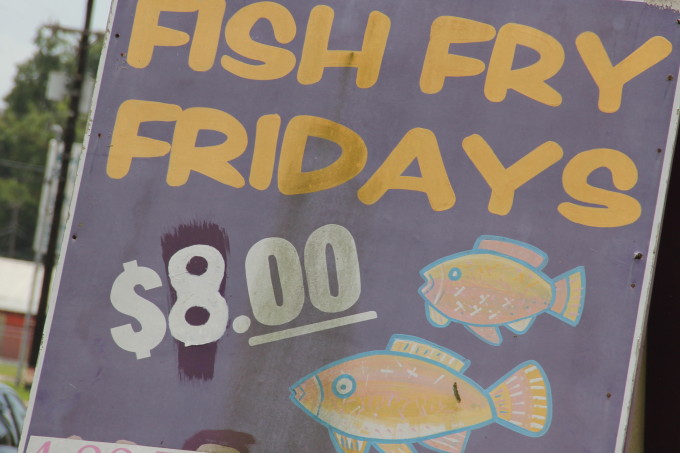
Fridays are for fish.
#11 Louisiana yams! The sweetest potato of all.
Yam right! Cajuns love their sweet potatoes, and you’re sure to see them on the dinner table often.
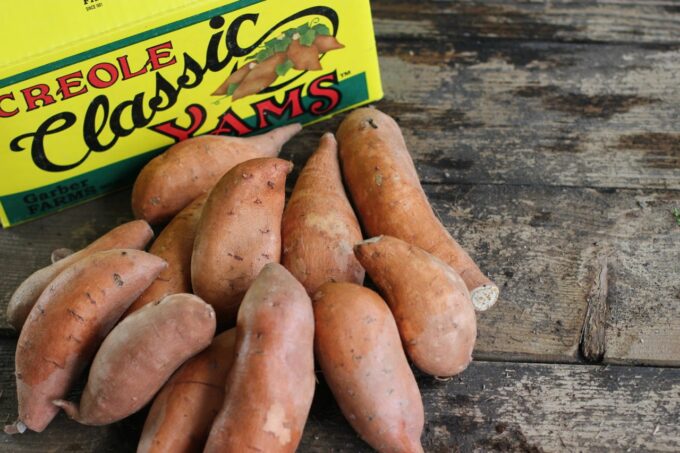
A stack of Beauregards from St. Landry Parish.
So, this is just the start. I’ve got dozens more, and I want to hear from you. Do you agree? Disagree? And more importantly, help me add to the list with your authentic Cajun suggestions. Let the discussion begin.
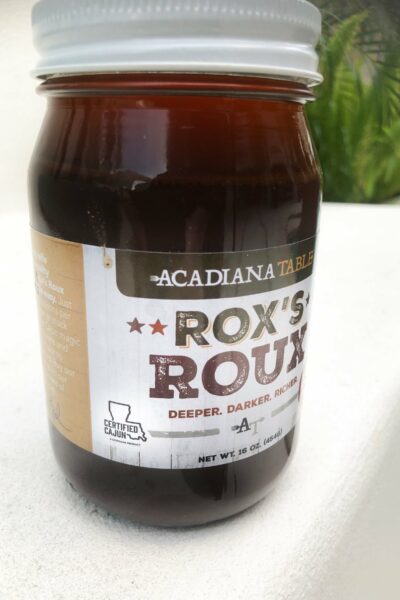

Listen, it’s good to hear from y’all, but y’all have missed the writer’s point and question! What truly is back road, two-lane, locally owned Cajun seafood? The answer, for me anyway, is the ingredients and taste. If it’s not fresh, fa getta about it. If the taste tastes phoney!, fa getta about it! As an ex-diesel cross-country pilot, I know the differences between regional cuisines and what’s good and bad. So, please, stay on track and maybe we all learn some magic! Thanks.
Gotta draw the line between cheapening Cajun cuisine with shortcuts and expanding the cuisine with new influences and innovations. Protect it from degenerating but encourage it to evolve to stay interesting. Cajun food originated by mixing food cultures. In particular, y’all should be open to local Vietnamese influencing aspects of Cajun food. Its a natural fit for a host of reasons. For instance, hitting that gumbo or jambalaya with some fish sauce while cooking reinforces the depth of flavor. VietCajun crawfish is no joke either.
Adam, gotta hand it to ya, you are dead-on right. Cross-cultured eating is always an adventure no one should be afraid of, the mix of Viet-Cajun included! One of the best gumbos I’ve ever had was down in New Orleans in an industrial area right across from one of the levees. A little six-table hole-in-the-wall run by a Vietnamese family seeking the American dream. They didn’t miss a trick, right down to using halved gumbo crabs! Couldn’t stick around, but I sure would have liked to!
Sounds fantastic and exactly right. Hard working immigrant families from around the world made Cajun cuisine what it is today. No reason to stop that now. Specifically with Vietnamese, I’d like to see Cajun food be 5-10% Viet influence. Still fundamentally the same, but with a few new tricks.
No tomatoes in Jambalaya, it has to be Gonzales style!
Good Cajun food will make you sweat, not burn your mouth. You always want one more bite.
While I’d like to agree, I don’t think Vietnamese influence has any place in Cajun cuisine. Maybe creole, but not Cajun. I’ve seen too many scam artists with restaurants called “Juicy Cajun Crawfish” only to find out it’s some Vietnamese family that gets their seafood from China. No thanks.
Hey Joshj- I partially agree with one thing you said: Be sure to check the origin of ingredients, and never accept foreign imports for our delicious wild-caught Gulf seafood. That said, I believe that the influx of Vietnamese people to our coastal Louisiana culinary landscape has been positive in bringing new interpretations of Cajun and Creole classics to the table. This is a culture that understands flavor and spice, which fits right into the Louisiana kitchen. Never forget that Louisiana’s world-renowned cuisine is influenced by African (gumbo), French (trout meunière), Spanish (jambalaya), Italian (muffuletta), and German (smoked meats) cultures. All the best.
I’m born and raised in southeast Louisiana and let me say this… we have to stop with all this Cajun vs. Creole stuff with food, people and culture in Louisiana because it’s pure fiction. The facts are, the traditional identity of Louisiana’s people (regardless of race or ancestry), culture and cuisine is called Creole. Cajuns are a type of white Creole and the food eaten across South Louisiana is historically and traditionally called Creole and has history of over hundreds of years and consists of culinary influences from all the people that settled South Louisiana such as the French, Spanish, Acadians, Germans, Québécois, Caribbeans (white ones, black ones and mixed race ones), Africans and Native Americans and even has influences such as Italian. The Acadians, like all other peoples that settled Louisiana, adopted and contributed. The creation of our shared south Louisiana cuisine is the amalgamation of influences from all the main groups that settled Louisiana. Our food in South Louisiana is of the same cuisine no matter the ancestry or race or region, it’s the Creole cuisine. The only differences are based on regional differences and not racial, ethnic or ancestral ones.
I’m sorry if this offends anyone but there is no such thing as a Cajun cuisine. Cajun means Louisiana Acadian and is a particular type of ancestry, not a cuisine. Acadians arrived in Louisiana and adopted the local cuisine and added to that, just like all settlers to Louisiana. Cajuns eat Creole cuisine and are Creoles also. Our common cuisine across south Louisiana was created by many ethnicities and races, not just one and not even mostly by one so for one ancestral group to make a claim on the entire cuisine is to tell a tale of fiction. The only real differences in our shared cuisine is by region (Greater New Orleans vs. Acadiana) no matter the race and ancestry and this includes the tomatoes or no tomatoes debate (tomatoes is a regional thing in our South Louisiana cuisine, so if it’s not part of your region, don’t knock the other region since it’s part of theirs and is real and authentic for that region even if not for yours). We are all Creoles down here in South Louisiana and this Cajunization of all things historically Creole in Louisiana is killing the authenticity of it all. I’m a Creole identified white Louisianian of French, Spanish, Acadian and white St. Domingue ancestry. (St. Domingue was the multicultural French colony consisting of whites of French descent, blacks and mixed race peoples that existed where the all-black Haiti is today).
Robert- One point that we can all agree on: Whatever the cultural distinction, Louisiana food is uniquely delicious. All the best to you.
I absolutely agree, our food is so wonderfully delicious and is a great one among the great cuisines of the world. I just wanted to set the record straight that the cuisine is called Creole rather than Cajun and is an amalgamation of influences of all the peoples that settled South Louisiana that belong to the Louisiana Creole ethnicity, Cajuns included. I really think this conversation needs to be had and is well overdue. God Bless.